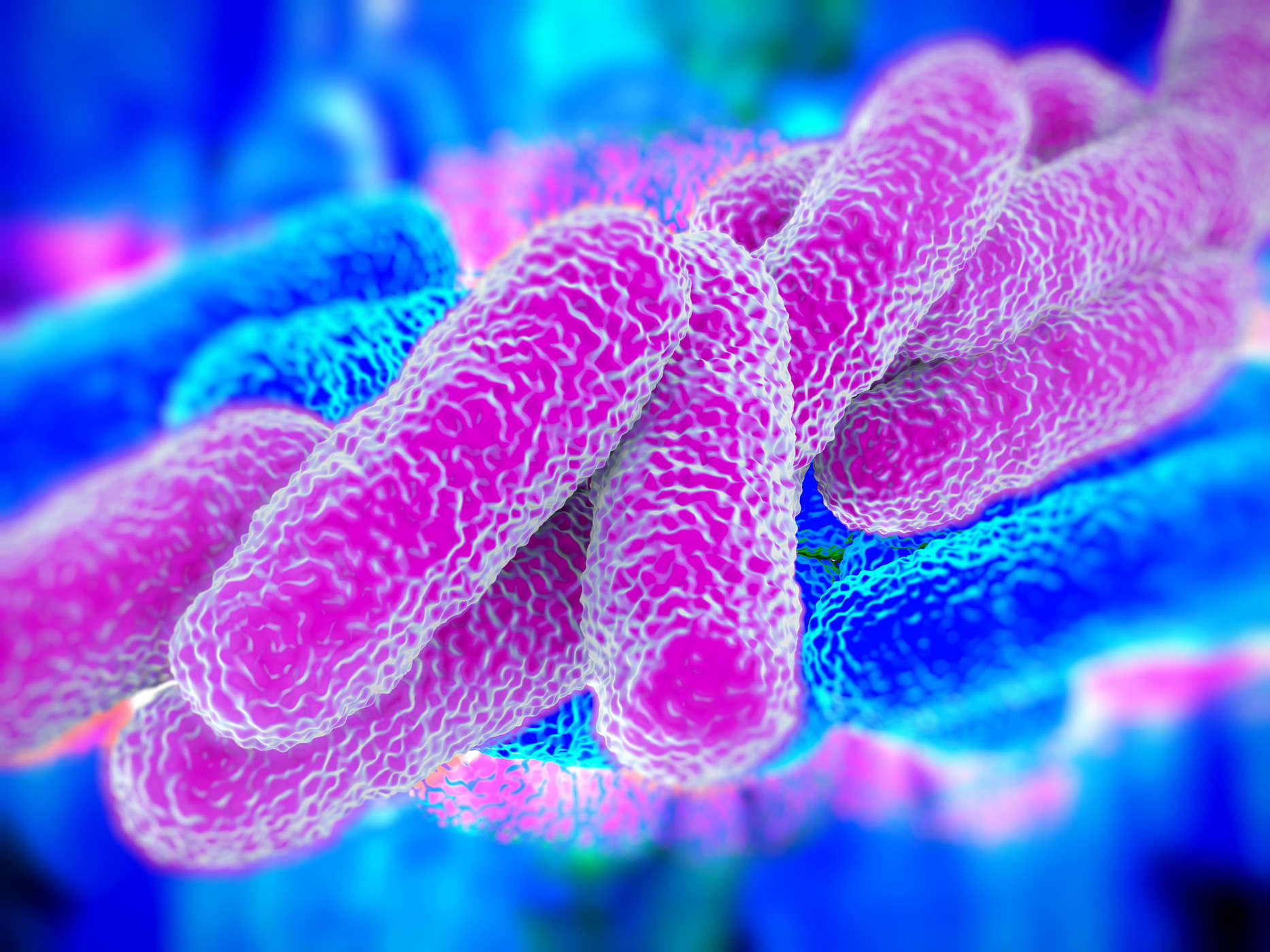Contents:
- Medical Video: Bacterial vs. Viral Infections - Dr. Andreeff, CHOC Children's
- What is the difference between bacteria and viruses?
- What are bacteria?
- Most bacteria do not cause disease, except ...
- What is a virus?
- Most viruses can cause disease
- Signs of viral infection and bacterial infection
- Symptoms of bacterial infection
- Symptoms of viral infection
- Treatment for viral infections and bacterial infections
Medical Video: Bacterial vs. Viral Infections - Dr. Andreeff, CHOC Children's
Both bacterial infections and viral infections, both are caused by microbes. As the name suggests, bacterial infections are infections caused by bacteria, and viral infections are infections caused by viruses. Sometimes, both infections have the same signs in people affected by the infection, such as coughing, fever, runny nose, diarrhea, inflammation, vomiting, and weakness. However, bacteria and viruses are two different microbes and the treatment methods for both types of infections are completely different. Let's look further at the differences in viral infections and bacterial infections.
What is the difference between bacteria and viruses?
What are bacteria?
Bacteria are microbes including the Prokaryotes family. Bacteria have thin but hard cell walls, and rubber-like membranes protect the fluid in the cell. Bacteria can multiply on their own, which is by division. The results of the fossil studies state that bacteria have existed since 3.5 billion years ago.
Bacteria can live in a variety of environmental conditions, including extreme environments, such as very hot or very cold environments, in radioactive environments, and in the human body.
Most bacteria do not cause disease, except ...
Actually, only less than 1% of the types of bacteria can cause disease. Most bacteria are actually beneficial, such as helping to digest food, fighting other microbes that cause disease, fighting cancer cells, and providing beneficial nutrients.
Diseases caused by bacterial infections include:
- sore throat
- tuberculosis
- urinary tract infection
- diphtheria
- and others
What is a virus?
Viruses are microbes that cannot live without attaching to the host. The new virus can multiply when attached to other living things. The size of the virus is also much smaller than bacteria. Every virus has genetic material, between RNA or DNA. Usually, the virus will stick to a cell and take over the cell to breed other viruses until the cell finally dies. Or in other cases, viruses turn normal cells into cells that are harmful to health.
Most viruses can cause disease
In contrast to bacteria, most viruses cause disease. Viruses are also "picky", aka attacking certain cells specifically. For example, certain viruses attack cells in the pancreas, respiratory system, and blood. In certain cases, the virus also attacks bacteria.
Diseases caused by viral infections include:
- chicken pox
- AIDS
- flu
- polio
- and others
Signs of viral infection and bacterial infection
You need to consult a doctor to ascertain your illness, whether it's a bacterial infection or a viral infection. Usually, the doctor will listen to the signs you feel, look at your medical history, and check for physical signs.
Symptoms of bacterial infection
The following are signs that often appear in bacterial infections:
- slimy nose
- fever
- sometimes coughing
- sore throat
- pain in the ear
- hard to breathe
Symptoms of viral infection
The following are signs that often appear in viral infections:
- runny nose
- sometimes nosebleeds
- sometimes a fever
- coughs
- sore throat (but rarely)
- insomnia
The duration of signs of virus infection usually occurs briefly but acutely, while signs of bacterial infection usually occur for 10-14 days continuously.
If necessary, doctors usually ask for a blood test or urine test to confirm the diagnosis, or do a culture test to identify the type of bacteria or virus that infects you.
Treatment for viral infections and bacterial infections
Antibiotics are a treatment that is often used for bacterial infections. The discovery of antibiotics to treat bacterial infections is one of the major discoveries in medical history. However, if you take antibiotics continuously, the bacteria will "adapt" to the antibiotic so that the bacteria will be immune to antibiotics. In addition, antibiotics not only kill bacteria that cause disease, but also other bacteria that are good for your body. This will cause a more serious illness. At present, many organizations prohibit the use of antibiotics if not really needed.
However, antibiotics do not work effectively against viruses. Treatment for viral infection itself is indeed more difficult to do, the main reason is because the size of the virus is very small and the virus reproduces in the cell. For some diseases, such as herpes, HIV / AIDS, and flu, antiviral drugs have been found for these diseases. However, the use of antiviral drugs is often associated with the development of microbes that are resistant to other drugs.
Different story with virus prevention. Since the early 20th century, vaccines have been developed as a response to viral diseases. The use of vaccines alone has proven to greatly reduce diseases caused by viral infections, such as polio, measles, and chicken pox. Vaccines can also help prevent diseases such as flu, hepatitis A, hepatitis B, human papillomavirus (HPV), and so on.












